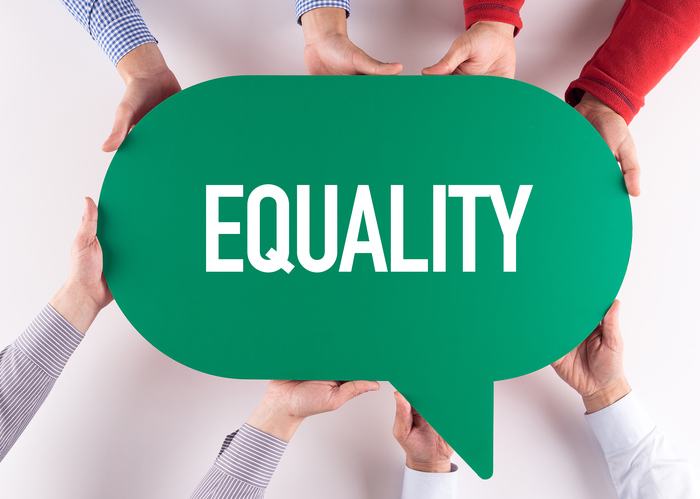In yesterday’s Advisor, we discussed the fact that gender discrimination is still prevalent in today’s workplace. We started outlining some of the many ways that recruiters and hiring teams can help to eliminate gender discrimination in their recruiting and hiring processes. Let’s continue that list now.
 |
Here are even more ways to combat gender discrimination in hiring:
- Be aware of how job descriptions and qualification requirements may be perceived by candidates of different genders. The organization may be inadvertently discouraging some applicants by using language that is too aggressive, for example. Another example would be listing qualifications that are beyond the true requirements of the job, which may discourage some people who are otherwise qualified from applying. Even word choice can make a difference.
- Conduct audits to see what percentage of female and male applicants progress through each stage of the hiring process. Look at both numbers and percentages. Is there a discrepancy at any point in the process? Finding where the gender gap starts to widen might provide clues as to how to address it. For example, if there are always more male applicants than female applicants, consider whether the job posting may be worded in a way that is more compelling for male applicants or whether it’s posted in a place that attracts more male applicants.
- Consider adding objective tests to evaluate or compare candidates when appropriate. This can help to allow candidates to show their skills and combat some of the preset biases we all have.
- Never specify a preference for a specific gender for a role. There are very few, extremely limited, exceptions where this might be OK, but for most roles it’s absolutely not. As a recruiter, if you’re working for an organization that requests this, let it know it’s not legal and that both the recruiting agency and the hiring firm can be liable.
- Remember that gender discrimination is not just levied against women. Be aware when implementing plans that attempt to balance the workplace—don’t inadvertently discriminate against others in the process by excluding them completely.
- Consider asking current employees (choose a diverse sample) to review job posts, job descriptions, and even the application process to get feedback on how the process looks, reads, and feels. Compare to see if you have gender-based differences in feedback and see if adjustments may be needed.
- Pay attention to where you advertise jobs. Some sites have demographics that skew heavily male or female, which can, in turn, affect who is most likely to apply for the role. This can also be an issue for employers that rely on word-of-mouth from employees to promote new positions, in particular if the workforce is already skewed. If you’re advertising in local media, like newspapers, be sure to pay attention and not exclude media options that would allow the post to be viewed by a more representative population.
- Be clear about the required qualifications for the job before starting to review applicants. Ambiguity allows biases to create situations in which those in the hiring process are more likely to inadvertently discriminate. But if the requirements are clear and are understood by the hiring team, there is less room for ambiguity and more of a chance that all applicants will be reviewed on merit. A separate but related point is to ensure that the qualifications you settle on are truly required and not worded in such a way that some applicants are excluded unnecessarily.
- Assess the benefit package to see whether its components are appealing across different demographics. Make changes if necessary. Changes might include improvements in workplace flexibility, more telecommuting options, and good insurance benefits.
- Use all data available to analyze and improve. Some of the above suggestions can be aided with good data. For example, if you’ve always used a specific media to advertise, you can do an assessment (using applicant data) to discover whether applicants from those job posts have equal gender representation. The recruiting and hiring team can use data to analyze the entire process and see where gender discrepancies creep in. Work with the rest of the Human Resources (HR) team to analyze all data points you can.
What other steps have you taken to reduce or eliminate gender discrimination in your recruiting and hiring process? Which methods have you had the most success with?
